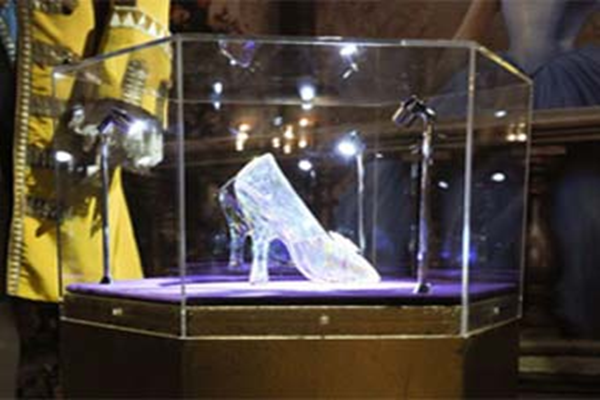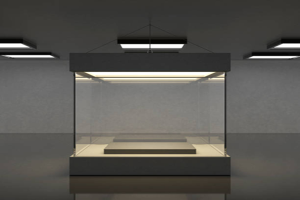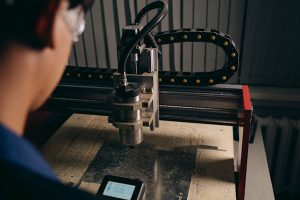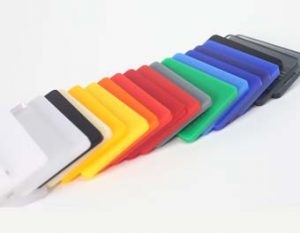When it comes to versatile materials in the world of plastics, Perspex and acrylic are names that often come up. If you’re considering a project or product that involves clear, strong, and lightweight materials, you may find yourself wondering whether Perspex and acrylic are the same or if there are distinct differences between them. This guide explores the relationship between these two terms, their properties, and their practical applications to help you make an informed choice.
Understanding the terminology
First, it’s important to clarify that Perspex and acrylic are essentially the same material. Perspex is a brand name for a type of acrylic plastic, specifically polymethyl methacrylate (PMMA). Similar to how “Hoover” has become synonymous with vacuum cleaners, people often use “Perspex” interchangeably with acrylic, particularly in the UK.
Acrylic, as a term, refers to the family of plastics made from PMMA. Other brand names for acrylic include Plexiglas, Lucite, and Acrylite, depending on the manufacturer and region. Therefore, the difference between Perspex and acrylic isn’t about the material itself but rather the brand and sometimes the quality.
Key properties of acrylic (including perspex)
Acrylic, regardless of the brand, boasts a range of impressive properties that make it a popular choice across industries:
- Clarity and Transparency: Acrylic is renowned for its optical clarity, transmitting up to 92% of visible light, which makes it even clearer than glass.
- Durability: Acrylic is highly resistant to impact, being 10 times stronger than glass, yet much lighter in weight.
- Versatility: You can mould, shape, and cut it into various forms, making it suitable for a wide range of applications.
- UV Resistance: Most acrylic sheets are UV resistant, which means they won’t yellow or degrade when exposed to sunlight for long periods.
- Weatherproofing: Acrylic is highly resistant to weather, making it ideal for both indoor and outdoor use.
- Ease of Fabrication: Drilling, laser-cutting, engraving, and polishing acrylic is relatively easy.
Perspex vs. generic acrylic
While Perspex is a type of acrylic, the distinction often comes down to quality and branding. Exacting standards ensure consistency, durability, and optical clarity in the manufacture of Perspex, a premium brand of acrylic. High-end applications often choose Perspex due to its reputation, emphasising the importance of quality.
Generic acrylic sheets, on the other hand, may vary in quality depending on the manufacturer. While they may still perform well in many applications, the optical clarity, scratch resistance, and UV stability may not match that of branded Perspex.
Applications of perspex and acrylic
A wide range of industries use both Perspex and generic acrylic due to their versatility and excellent properties. Here are some common applications:
- Signage and Displays: Acrylic is a favourite for illuminated signs, retail displays, and exhibition stands due to its clarity and ability to be coloured or customised.
- Interior Design: Acrylic furniture, splashbacks, and decorative panels are popular for their sleek, modern look and durability.
- Glazing: Windows, skylights, and greenhouses frequently use acrylic as a lightweight and shatter-resistant alternative to glass.
- Automotive and Aerospace: Its strength and light weight make it ideal for components like windscreens and instrument panels.
- Medical and Protective Equipment: Acrylic is frequently used in protective barriers, visors, and medical equipment due to its transparency and ease of cleaning.
How to choose between perspex and acrylic
If you’re trying to decide between Perspex and generic acrylic for your project, consider the following factors:
- Budget: Generic acrylic sheets may be more cost-effective for projects where premium quality isn’t essential.
- Application: For projects requiring flawless optical clarity, UV resistance, or long-term durability, Perspex is the better option.
- Aesthetic Requirements: If your project involves intricate design work or a high-end finish, Perspex may offer a more polished result.
- Fabrication Needs: Both materials are simple to work with, but branded Perspex often provides more consistent results during cutting, engraving, and shaping.
Why choose Denny Plastics for your acrylic needs?
At Denny Plastics, we specialise in providing high-quality acrylic products, including Perspex. Whether you’re working on a one-off project or require bulk materials, we offer a wide selection of acrylic sheets to suit your specific needs. Our team has extensive expertise in acrylic fabrication, offering services such as cutting, polishing, and customisation to ensure you get the perfect finish every time.
We’re proud to supply genuine Perspex, ensuring you receive a product that meets the highest standards of clarity, durability, and consistency. If you’re unsure which material is right for your project, our knowledgeable team is here to guide you through the selection process.
Final thoughts
Ultimately, the choice between Perspex and generic acrylic often comes down to the specific requirements of your project. While both materials share the same core properties, Perspex offers a premium option for those seeking the best in quality and performance. Working with a reliable supplier such as Denny Plastics guarantees the delivery of the appropriate material for your requirements, be it branded Perspex or affordable acrylic. For more information or to explore our range of acrylic products, contact Denny Plastics today. Let us help you bring your ideas to life with precision, quality, and expertise.










